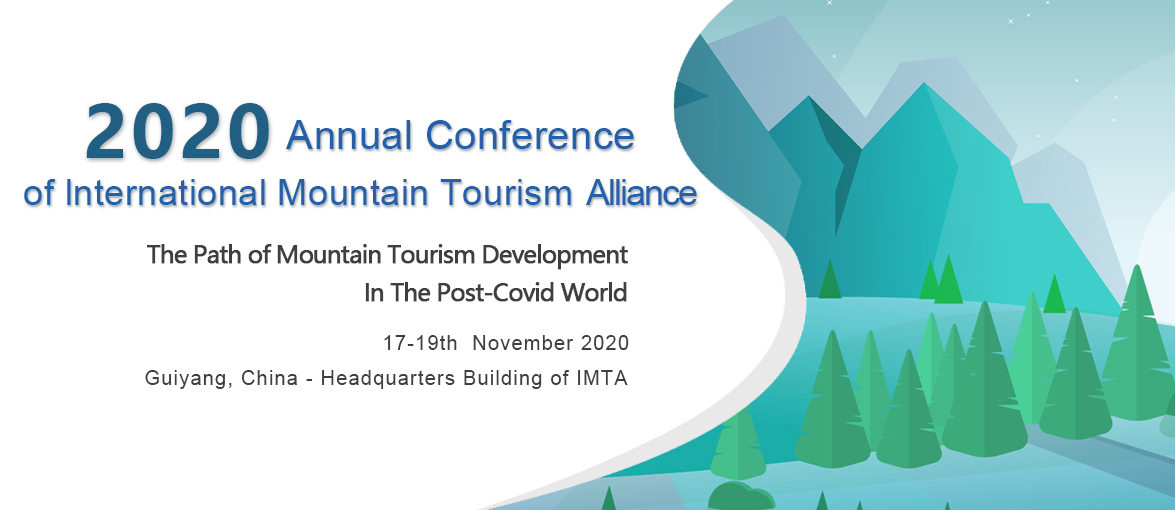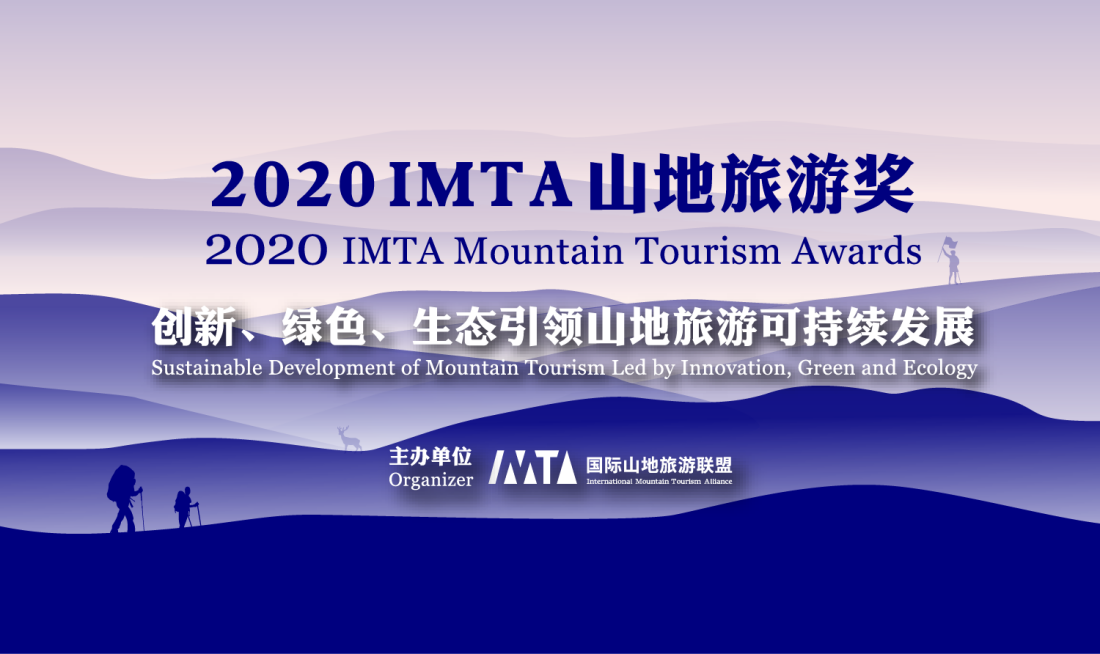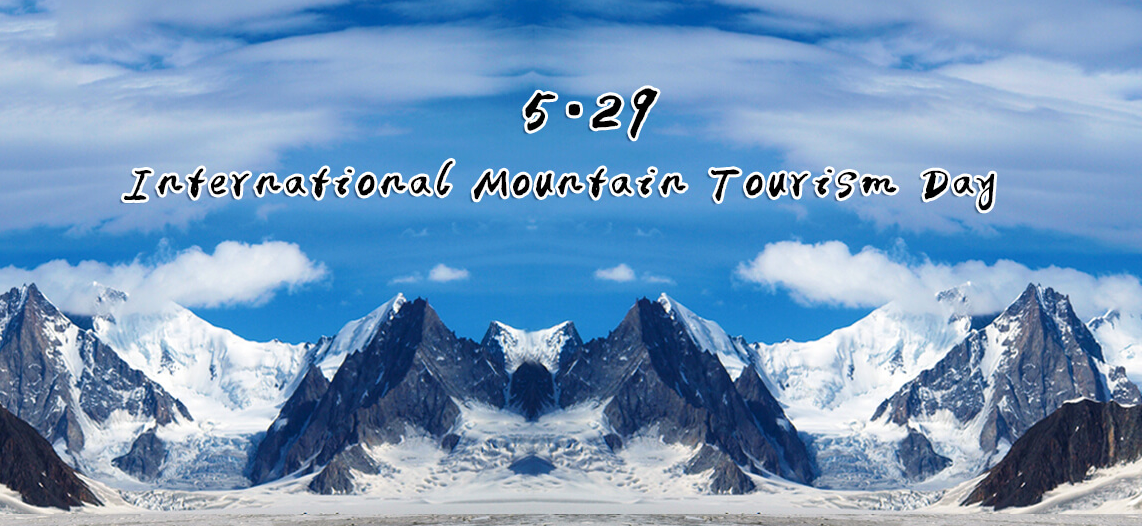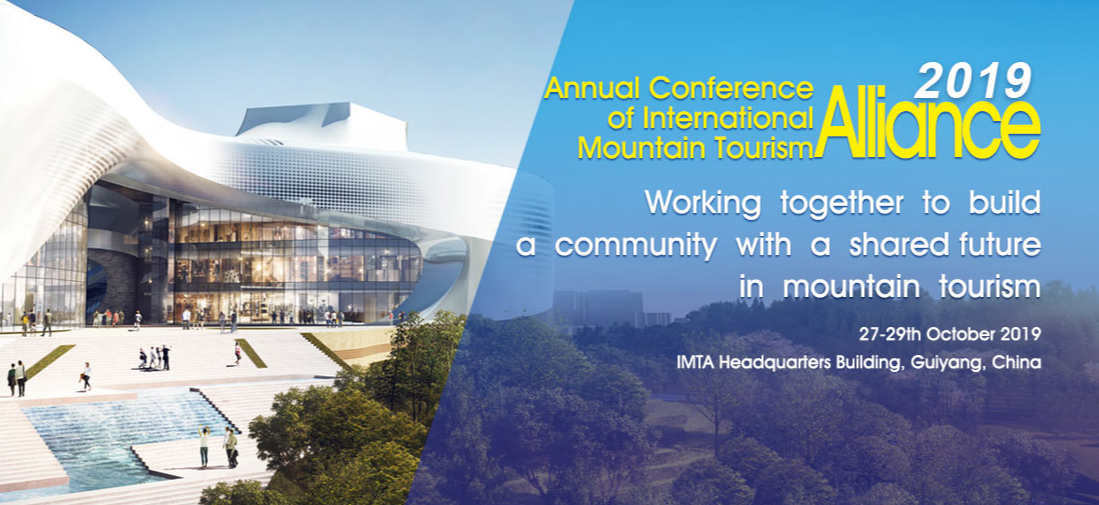Editor's note: On September 15, the "International Mountain Tourism Alliance (IMTA) Annual Conference and Dialogue among World Famous Mountains 2023" opened in Xingyi City, Guizhou Province. Gathering over 200 participants, including IMTA members, renowned international organizations, relevant national cultural and tourism departments, leaders and officials from Guizhou Province, professional tourism organizations and enterprises, world-famous mountain and mountain tourism destination institutions, media and other esteemed guests. The conference was themed with "Mountain Tourism Resource Innovation and Destination Construction." Simultaneously, the Dialogue among World Famous Mountains explored the theme "World Famous Mountains Empower the Wellness of Mountain Tourism." Discussions revolved around cutting-edge strategies for mountain resource protection, innovative utilization, and development, fostering an inclusive and collaborative atmosphere.
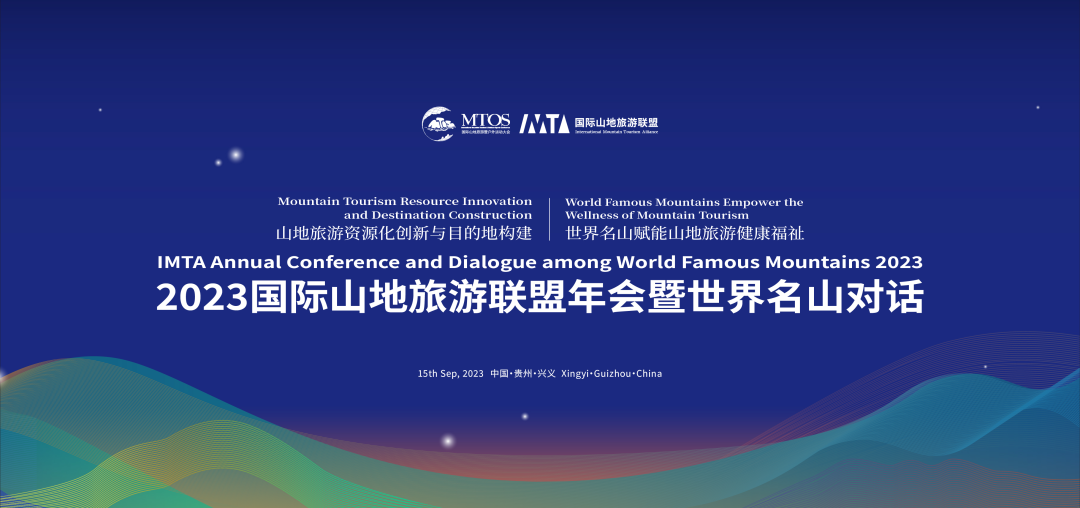
At the “Dialogue among World Famous Mountains 2023,”Carlos Pinto, President of Portuguese Association of Rural Development;Serge Koenig, International Outdoor Sports Expert and member of IMTA Expert Committee;Ramesh Thapa, President of Nepal Association of Tour & Travel Agents (NATTA);Li Shouwen, Executive President of China International Camping Congress;Xiao Gang, Chinese representative of International Nordic Walking Federation, engaged in a comprehensive discussion on the topic “Mountain Tourism Leads a Healthy Lifestyle.” Each participant approached the topic from a unique perspective. The esteemed guests unanimously agreed that mountains have always played a pioneering role in promoting healthy lifestyles. Therefore, there is a pressing need to explore innovative concepts that seamlessly blend mountain tourism with healthy living. This integration, they emphasized, is vital to meet the evolving demands of travelers and to provide positive guidance in establishing mountain wellness tourism initiatives. Xu Jing, former Regional Director for Asia and the Pacific, UNWTO hosted, the Dialogue.
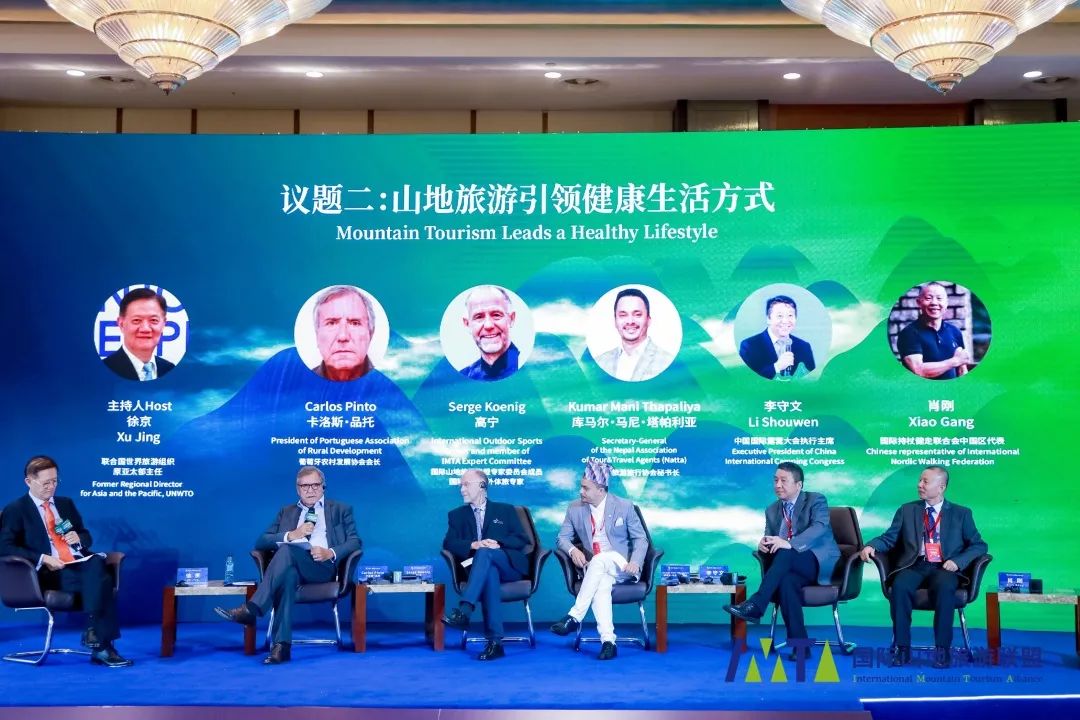
Xu Jing: First, let’s welcome Carlos Pinto, President of Portuguese Association of Rural Development, to share with us how you understand that mountain tourism leads a healthy lifestyle.
Carlos Pinto: First, I would like to express my heartfelt gratitude on behalf of the Rural Development Agency for the invitation from IMTA. At the “Dialogue among World Famous Mountains 2023 ,” we gained valuable insights into various plans and strategies concerning mountain tourism. To me, the concept of “mountain” encompasses not just the physical landscape but also the people living there and their way of life. I have two aspects. I was born in a mountainous area five decades ago. During my childhood, I used to climb to the mountain peaks with fellow kids, driven by the belief that we could draw closer to the sky and to God at the summit. Later in life, I had the privilege of serving as the mayor of that very mountainous area. As mayor, I delved into policies and strategies, thinking about how my team and I could enhance efforts to protect our mountains. How could we provide positive guidance to the people living in mountains?
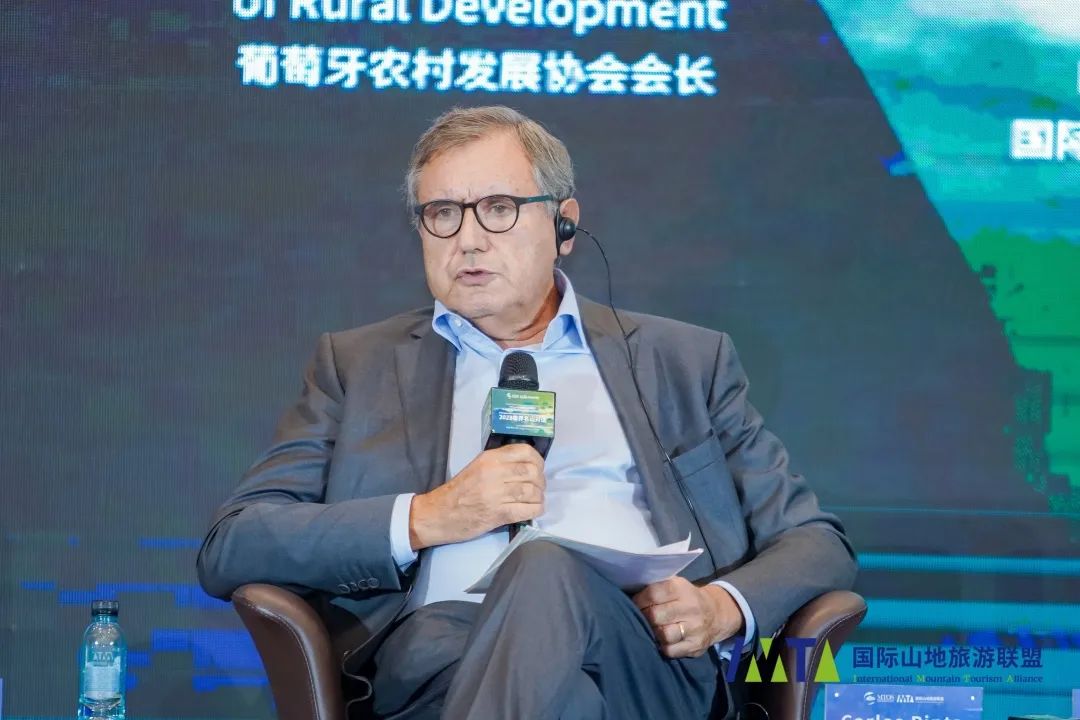
Source: IMTA
The vast potential and opportunities for mountain tourism lie in the heart of mountains, so we must understand how mountains contribute to our well-being and promote a healthy lifestyle. Let me give you an example. There was a village of 2,000 residents that had the potential of becoming a mountain tourism destination. However, the local tourism project faced closure due to inadequate sanitary conditions. We went there and tried to address this challenge. Finally, we found a large source of clean water, managed the natural resources, and brought local tourism back to life. Today, the village has welcomed around 50,000 tourists. I think a great and sanitary environment is the key. Especially in the post-COVID world, we need to reshape people’s minds and awareness, and let mountains lead us towards a healthy lifestyle.
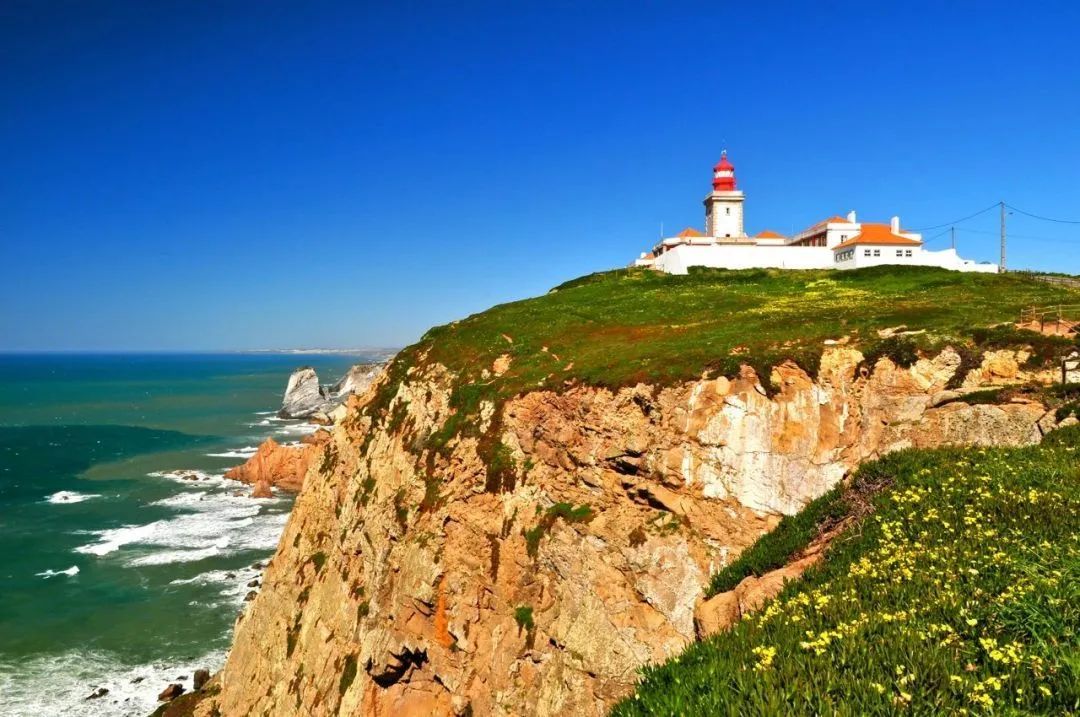
Source: IMTA
Better mountain tourism creates more jobs, speeds up economic growth, and brings a healthier lifestyle. That’s why we need to tap into the potential of mountain tourism and allocate resources to promote our well-being.
Xu Jing: Mr. Carlos Pinto encourages us to tap into potential and look into the future. He wants us to stay updated and find opportunities in the mountains and nature. I also learned from him that for mountain tourism to grow in a lasting way, we must be careful and make smart decisions based on science.
Next, let’s welcome Serge Koenig, International Outdoor Sports Expert and member of IMTA Expert Committee, to share with us why mountains become the bellwether of our healthy lifestyle.
Serge Koenig: I grew up in the mountains. In 1981, I came to the Mount Everest in China and stayed there for many years, working on local mountain tourism development. My hometown is Chamonix, at the foot of the French Alps. First, I would like to introduce the history of mountain tourism, including mountain tourism in the Alps and China.
The history of mountain tourism in the Alps in Europe started in the 18th century. At first, people believed mountains were places of health and happiness. This idea was influenced by a French philosopher named Jean-Jacques Rousseau and pre-romanticism. People thought glaciers bring peace of mind, fresh air, and a rejuvenated body. In the early 20th century, Chamonix became a popular mountain tourism destination because of its clear air, glaciers, natural views, and outdoor activities. What makes mountains a great place for relaxation and a healthy lifestyle?
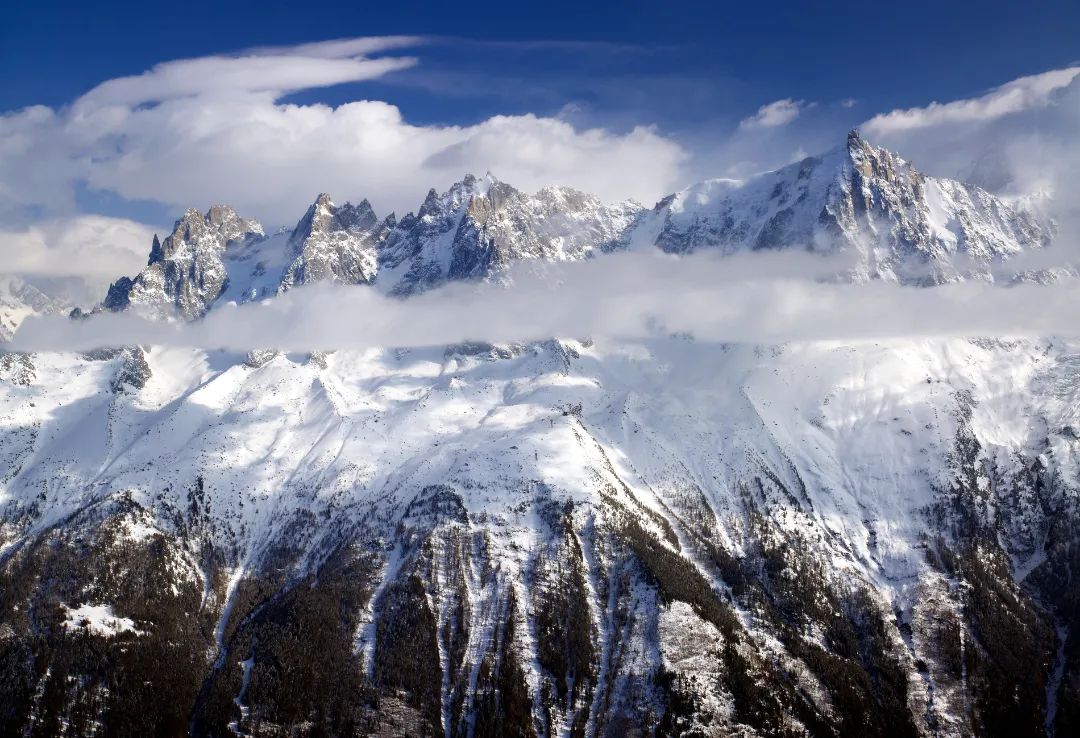
Source: IMTA
Mountains provide fresh air and are special because they let us connect with nature. This connection has become even more important after COVID-19. Mountains offer peace and beautiful views where we can think, relax, and find ourselves. They are a haven away from the noise, stress, and pollution of cities. I believe more people will visit mountains to find tranquility. Mountains are also great for sports and staying healthy. We can hike, bike, climb, raft, ski, and paraglide there to feel refreshed. Additionally, there are castles, gardens, caves, and waterfalls in the mountains for us to explore. People in the mountains are friendly, they have rich cultures, and the food grown there is healthy.
Mountains are special for climbing and having amazing experiences. A trip to the mountains means enjoying life. To connect mountains with health, we must protect the plants and animals there, avoid crowding too many tourists, and focus on quality rather than quantity.
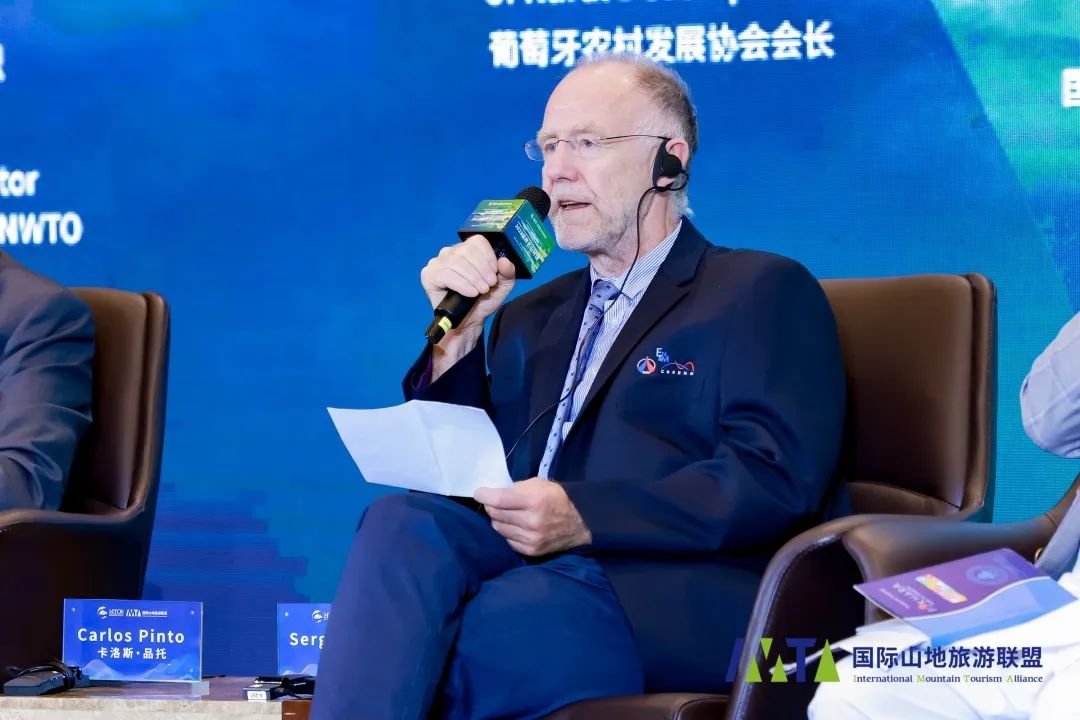
Source: IMTA
This is something people have always known in my hometown. Life has three parts:
·Things we can't live without.
·Things that are very important.
·Things related to these.
Protecting the environment is in the first category because the environment gives us life. To keep talented people, we need a healthy environment. That's why mountain tourism should help the local community and improve the local economy while taking care of nature.
Last, a wonderful life should be shared with everyone. The secret is finding a balance. And where better to practice excellent tourism than in the mountains?
Xu Jing: Thank you, Mr. Serge Koenig. You mentioned that going to the mountains is about enjoying life. I have been to Chamonix myself. While I was in the cable car, I saw not only young men but also girls who were 17 or 18 years old. They come to the mountains to enjoy life. Mr. Serge Koenig wants us to change our way of living, connect with nature, and appreciate outdoor activities.
Next, let’s welcome Ramesh Thapa, President of Nepal Association of Tour & Travel Agents (NATTA), to share with us whether mountain tourism changes our minds.
Ramesh Thapa: I am really glad to be here today representing NATTA. I spend most of my time working and living in the mountains. In Nepal, we have mountains that are 8,000 meters high and many mountain tourism projects. Being in the mountains is a natural way to stay healthy. It boosts our energy and keeps our body and mind in good shape.
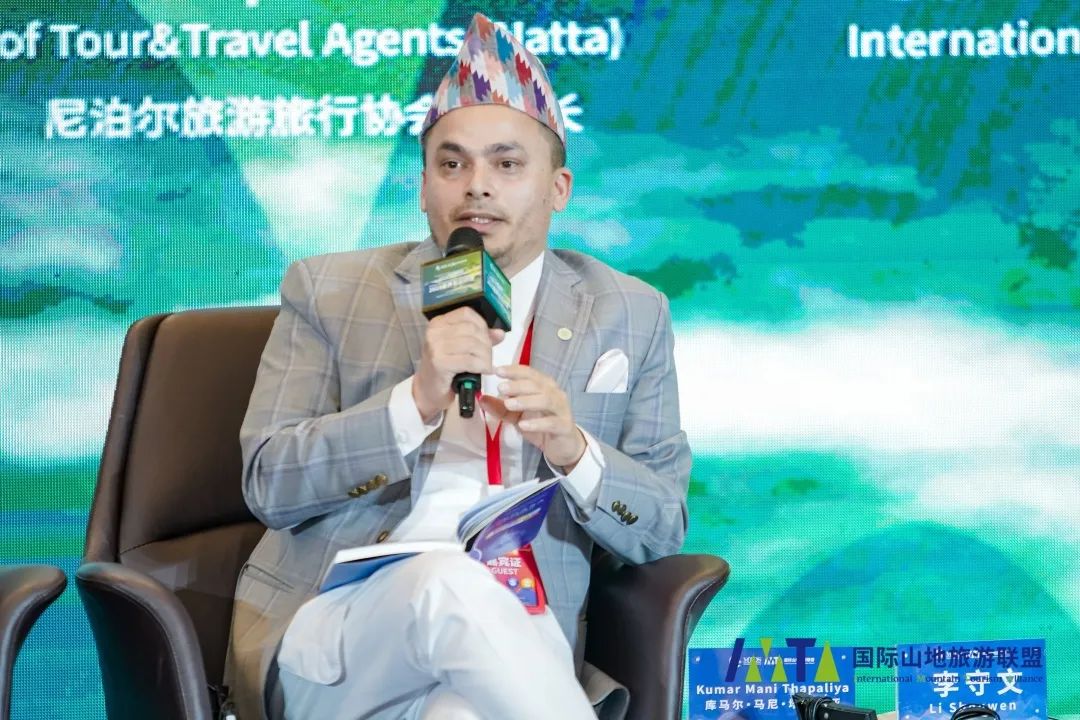
Source: IMTA
Whenever I camp in the mountains, I feel a change, like I'm taking a break from my usual routine. After returning from a mountain trip, I found new ideas for my work. We've also begun a new activity in Nepal for a healthy lifestyle called Nepal Mountaineering. Climbing mountains is a regular activity for young people here and is even part of our school lessons. Mountaineering is now a big part of life in Nepal, along with camping, yoga, and other sports.
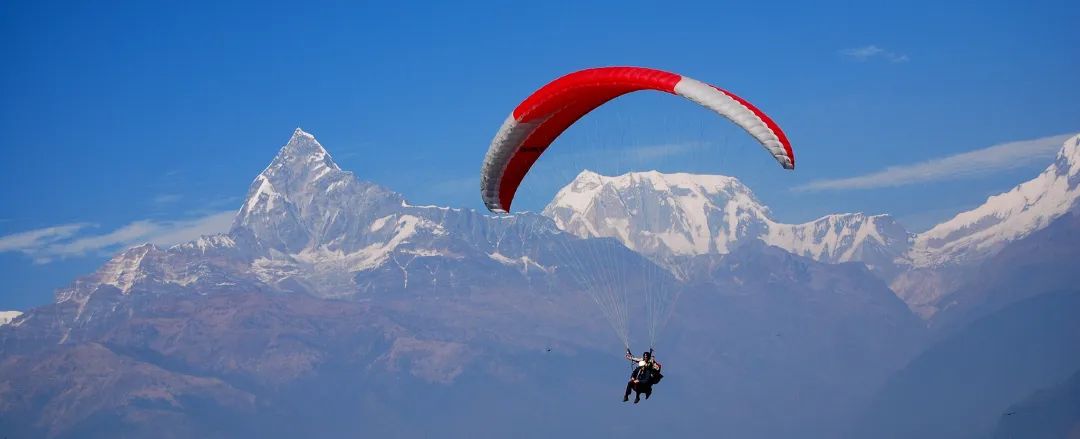
Source: IMTA
We should encourage a healthy lifestyle by cleaning up the mountains and supporting sustainable mountain tourism. We can also use technology and research to make mountain trips safer.
Xu Jing: Thank you, Mr. Ramesh Thapa. Mountain tourism can heal the mind. Isn't that the most wonderful thing in the world? Now, let’s welcome Li Shouwen, Executive President of China International Camping Congress, to share with us.
Li Shouwen: I'm a sports enthusiast, a retired wrestler. After China won the bid for the Olympics, I began working in outdoor sports. Let me share my perspective on mountains. Mountains embody a culture, a spirit, and a responsibility for humanity. They symbolize our aspirations, our common values, and our love for nature.
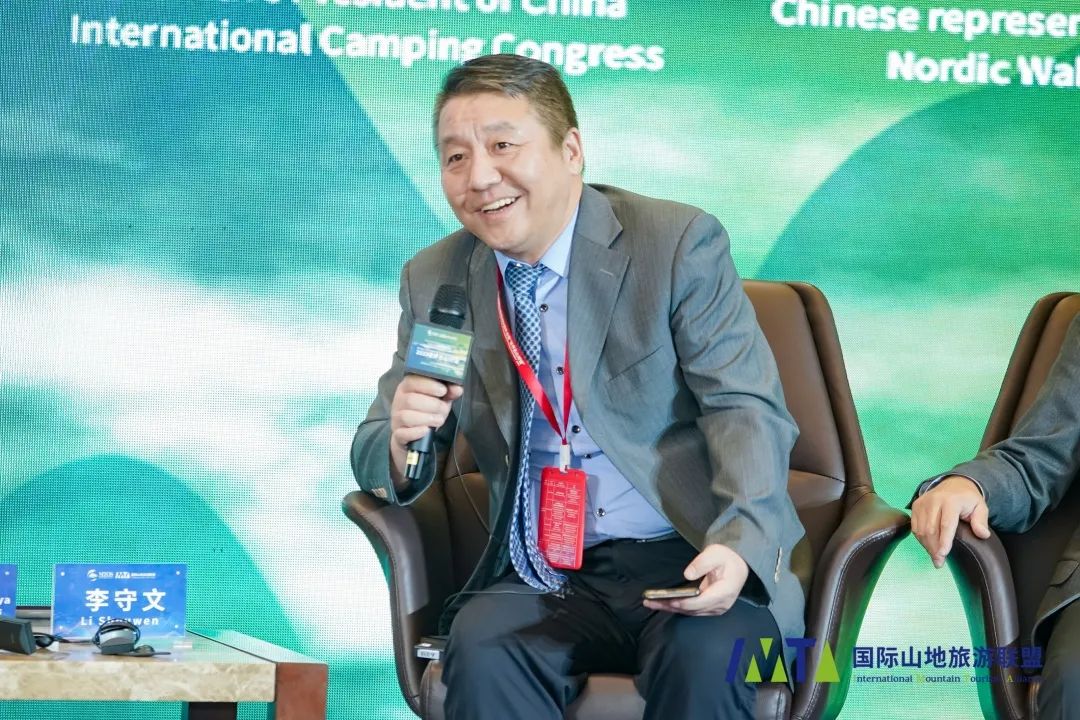
Source: IMTA
Sports have always been intertwined with our connection to nature, our well-being, and our desire for a happier life. In the past, we developed camping as both a purpose and a culture. By focusing on China's elite sports and the professional sports of the West, we broadened the meaning and scope of sports, emphasizing people-centered and life-oriented camping business models. With advancements in our lives and technology, we've created advanced equipment and facilities, making camping safer and more enjoyable. Camping has now become a natural part of our lives, a tourism product that requires our emotional involvement and professional skills. To address the disparities in camping development, we need to concentrate on the supply side. This means producing more products and offering safer services in better environments, ensuring a comfortable and joyful camping experience for tourists, and promoting a healthy lifestyle.
Xu Jing: Thank you. Mr. Li provided insights from both innovative and traditional, virtual and actual supply-side perspectives. Next, let’s welcome Xiao Gang, Chinese representative of International Nordic Walking Federation, to share with us.
Xiao Gang: I graduated from Wuhan Sports University and used to be a professional table tennis player. I believe life is all about staying active, and exercise is the best medicine. Recently, doctors have emphasized that aerobic exercise should be considered a fifth vital sign.
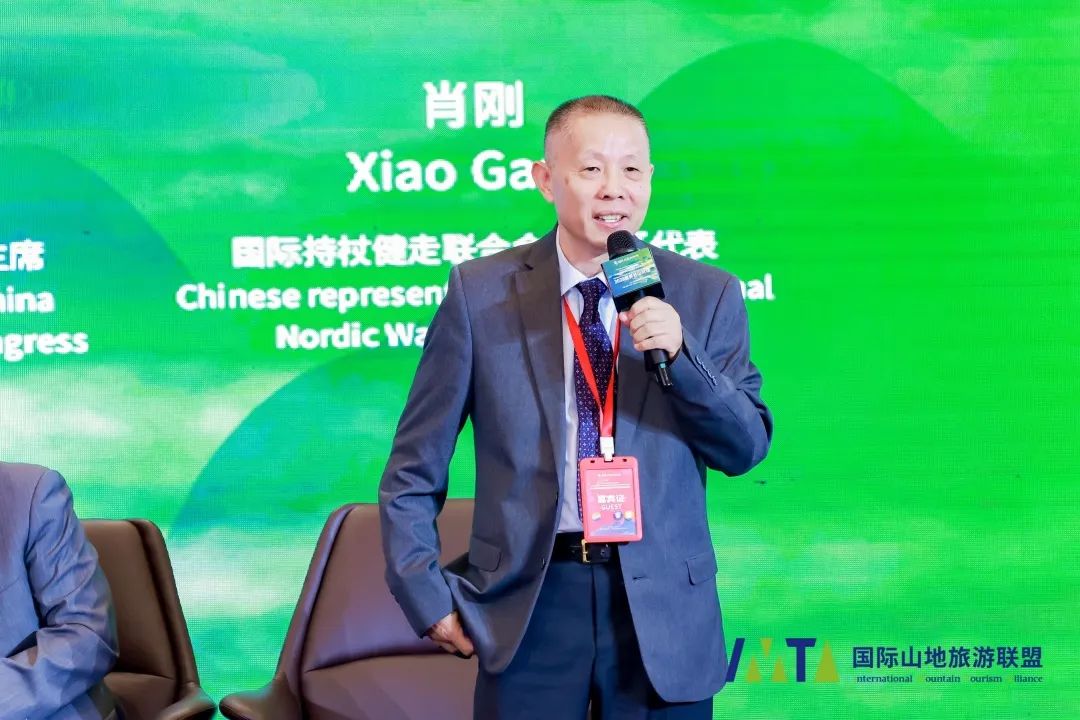
Source: IMTA
Nordic pole walking originated from skiing. Initially, skiers practiced on roads. Later, someone modified it by using regular trainers instead of skiing boots and walking poles instead of ski poles. That marked the beginning of Nordic pole walking. Today, it's a popular activity worldwide, strongly endorsed by the World Heart Federation and the General Administration of Sport of China. So, why is Nordic pole walking, among all these exercises? While walking is simple, holding poles engages your entire body. Riding a bike uses 35 percent of your muscles, running uses 65 percent, but pole walking activates 90 percent. It burns more energy and benefits your body more. You can do Nordic pole walking on flat ground or in the mountains. In China, we have forest wellness associations, and Nordic pole walking is a vital part of forest wellness programs.
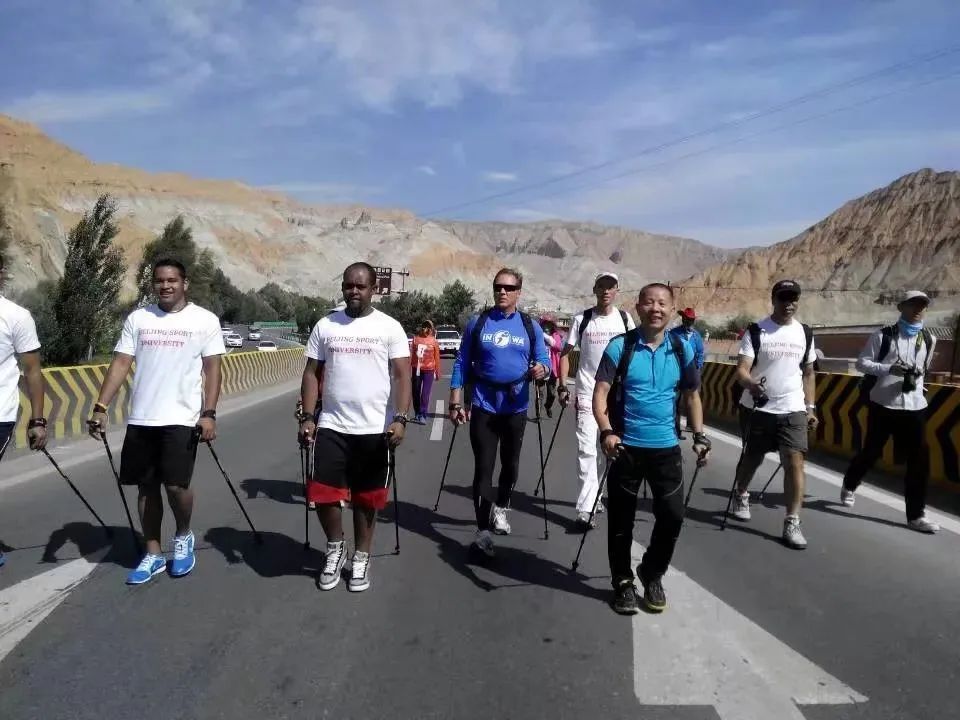
Source: IMTA
Text and images source: IMTA
Editor Ⅰ: Zhang Wenwen
Editor Ⅱ: Wu Dan
Editor Ⅲ: Liu Guosong



